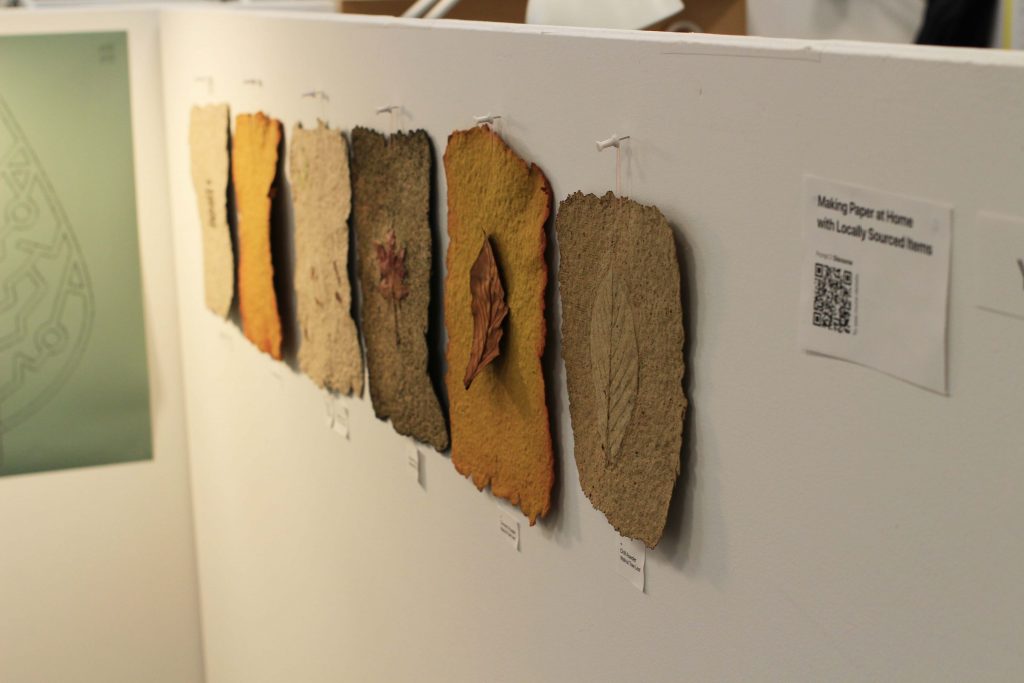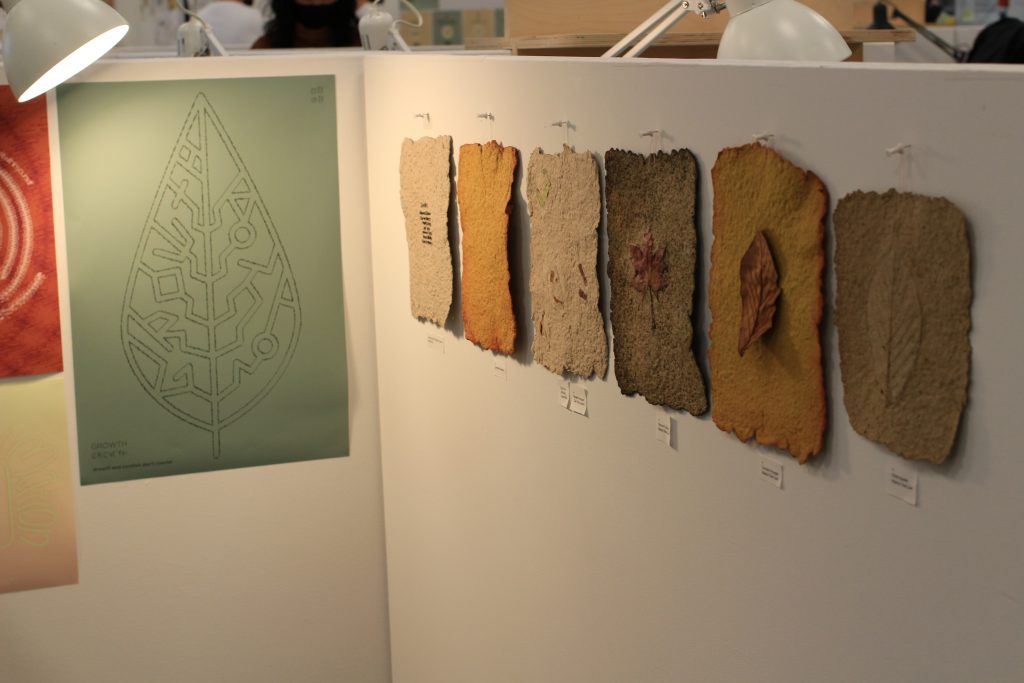Prompt 3: Discourse
When I started working on prompt three, choosing a reading from our syllabi was pretty easy. Since my interest has been mainly focused on sustainability, I picked Resilient Systems by Manzini right away. However, I didn’t see how much I would struggle to find a connection between my making practice and the article for my prompt.
After reading renowned scholars’ established opinions on sustainability, I felt so inspired but also overwhelmed and helpless at the same time. Is there something NEW I can contribute to this discourse? Will I ever be able to design something that is truly “sustainable”? My practice in sustainability design felt so tiny and unimportant, especially considering the open studio event with possible thesis supervisors.
During one of our studio practice sessions, Cameron gave me important reminders / helpful questions, which helped me navigate the process immensely. Everything started falling into my lap shortly after the conversation. He said, “Your making should be fun! You are not in a working environment. You are a student, and probably for the last time in your life. What does being small, local, open and connected mean to you? What does extreme locality mean to you?”
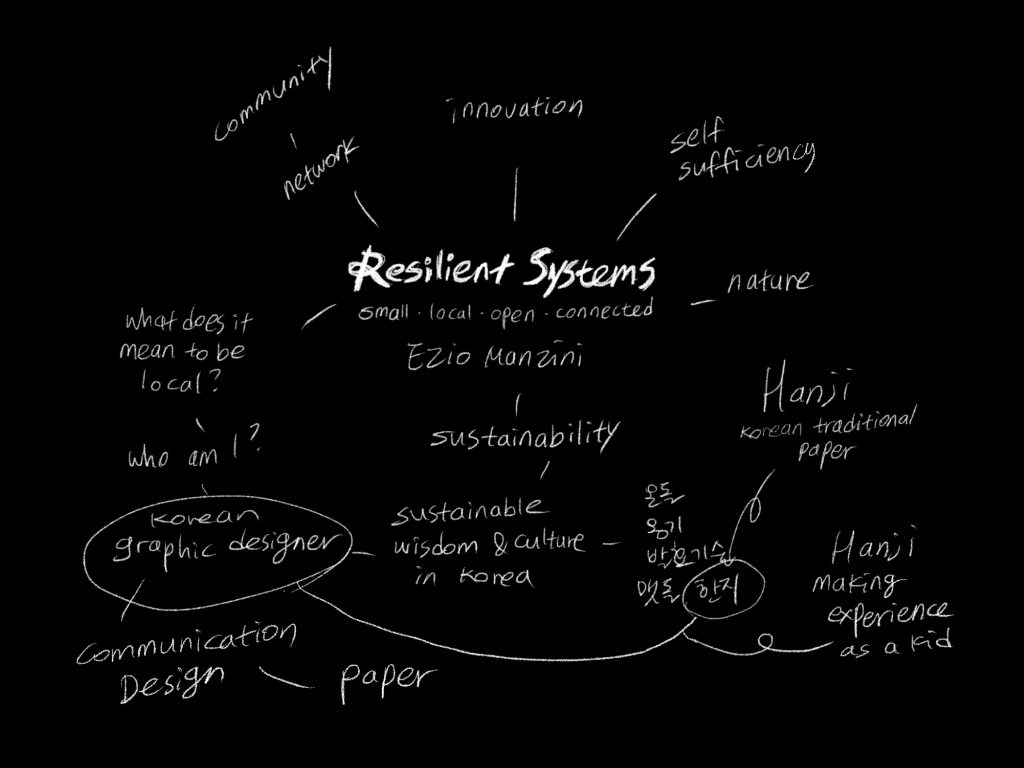
I started drawing this mindmap to explore my connections between the article and myself trying to answer his questions. As you can guess from the mindmap scribble above, I decided to make my own paper at home inspired by my childhood memory of making Hanji(Korean traditional paper). I found this excellent tutorial on making paper at home, and I sourced most of the materials that I needed practicing the SLOC(small, local, open and connected) model from Manzini’s article. https://www.instructables.com/Homemade-Paper
1. Resources
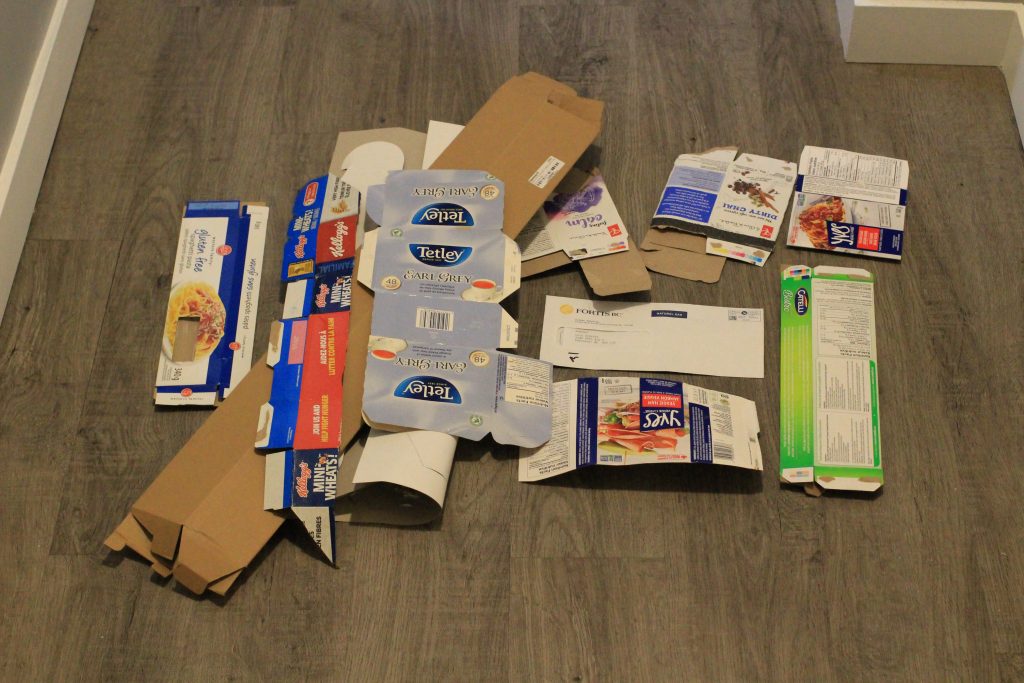
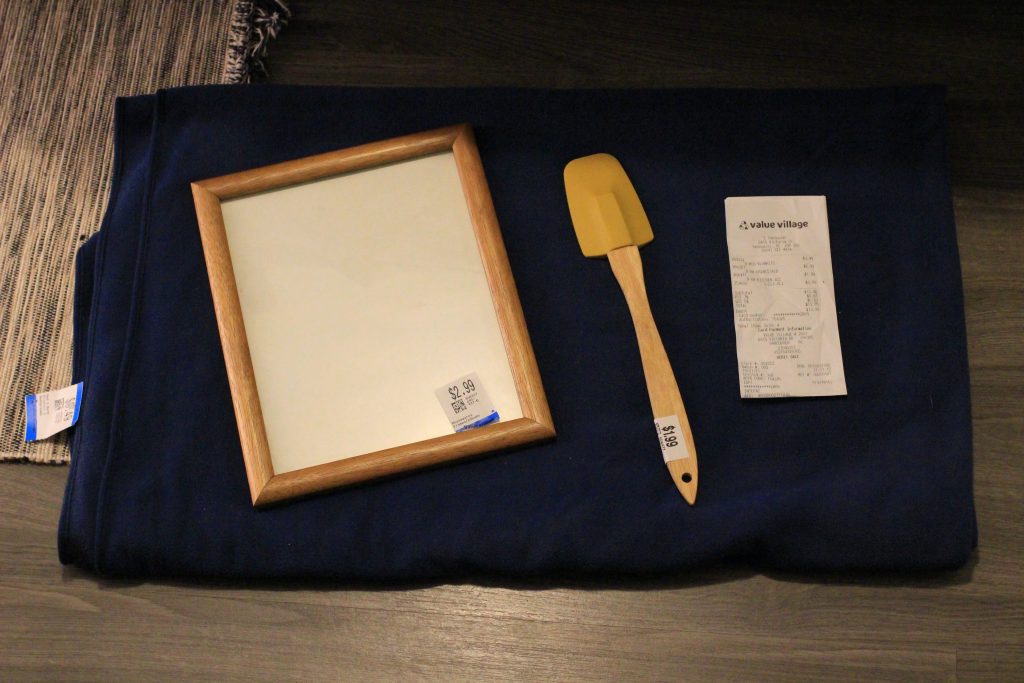
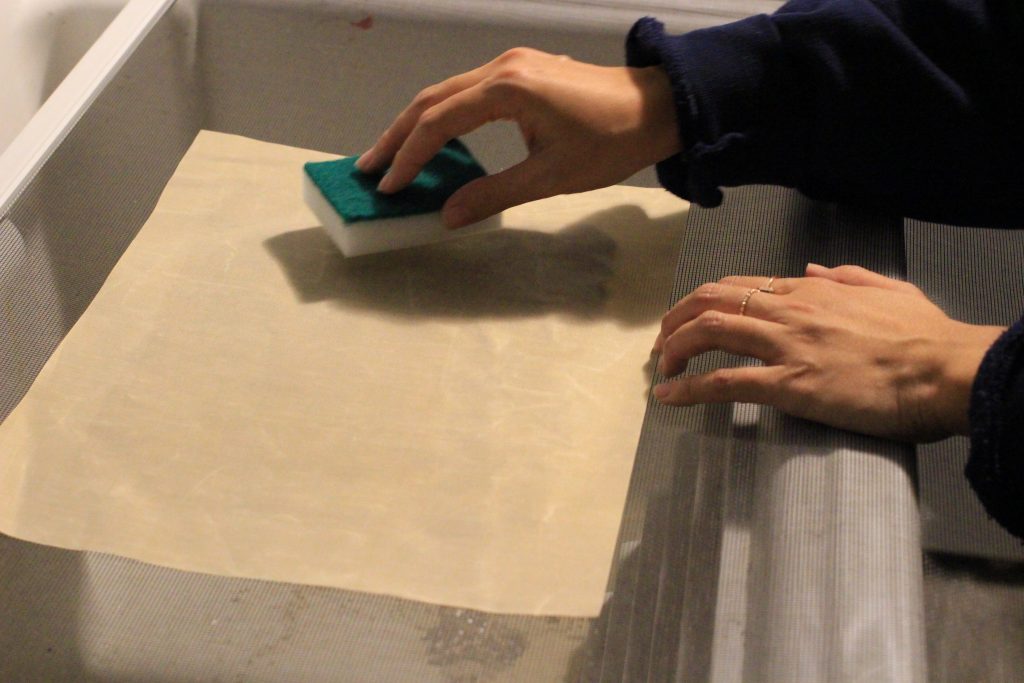
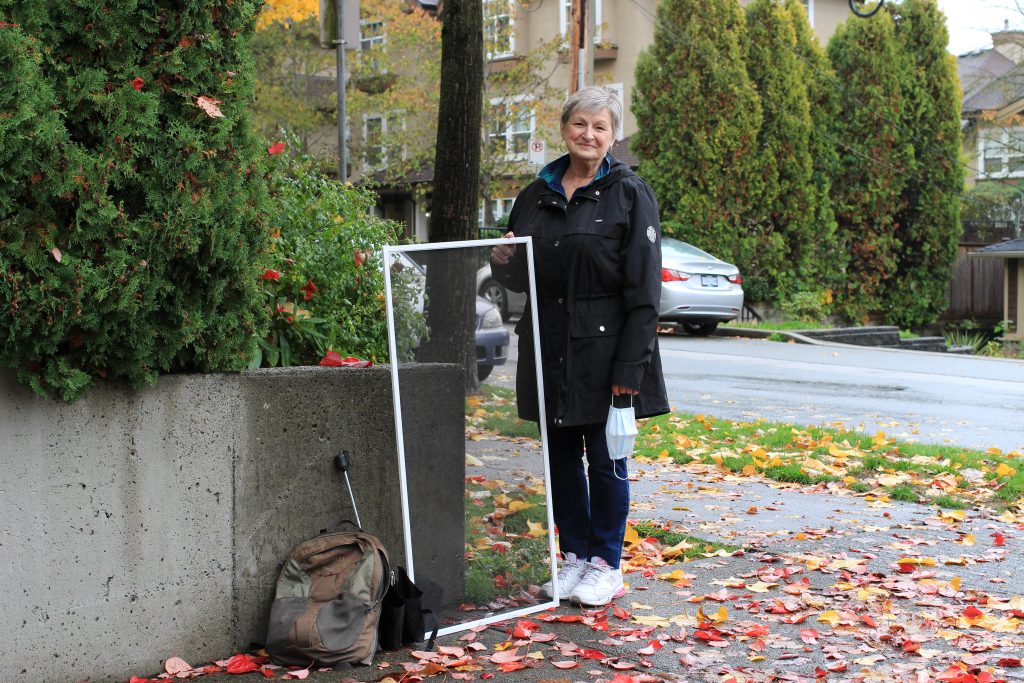
- Paper waste produced at home
- A picture frame as a mould, mixing spatula, blanket from Value Village
- A dishwashing sponge and blender from home, the scrap of Teflon sheet from Warren, my housemate
- A secondhand window screen from Sharon, who I met from Vancouver Facebook Marketplace
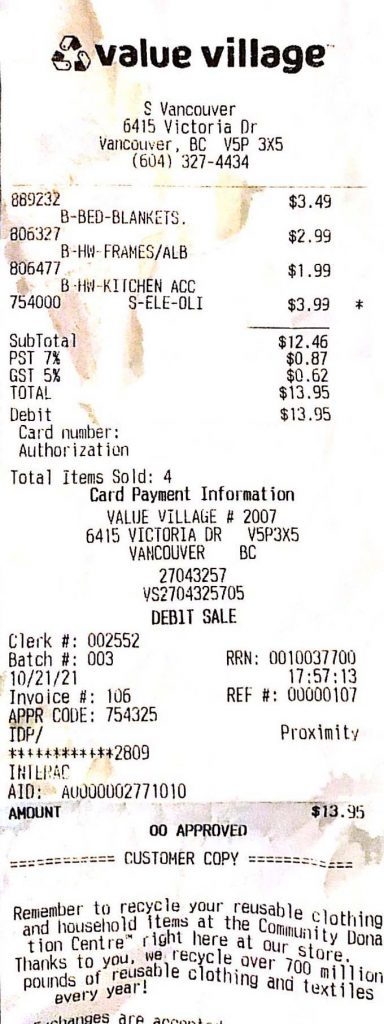
2. Making
2-1. Preparing Paper Pulp
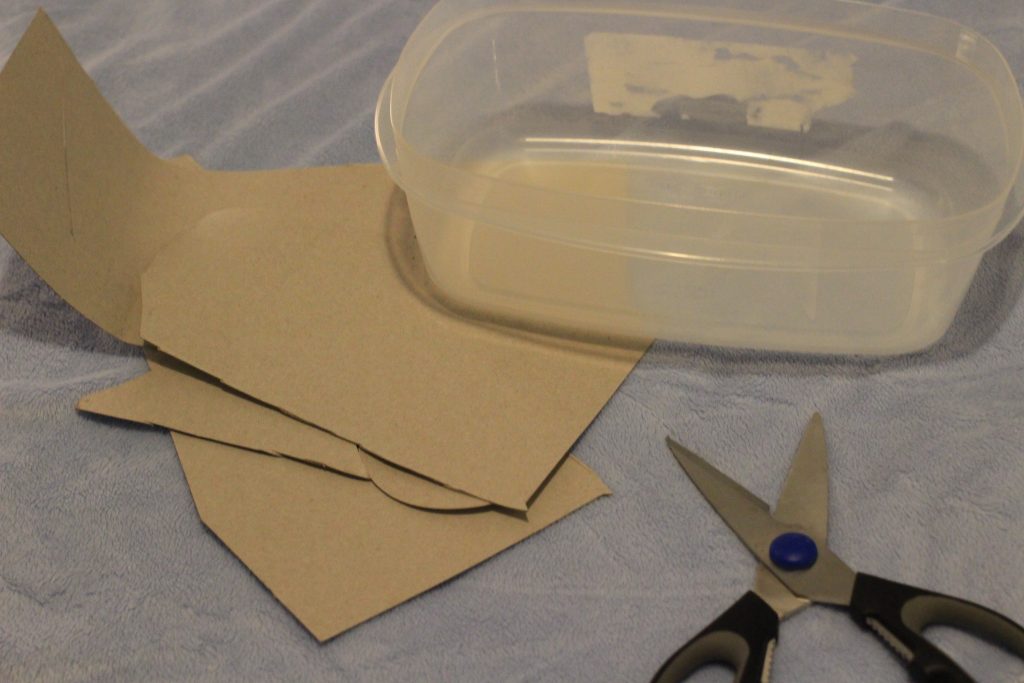
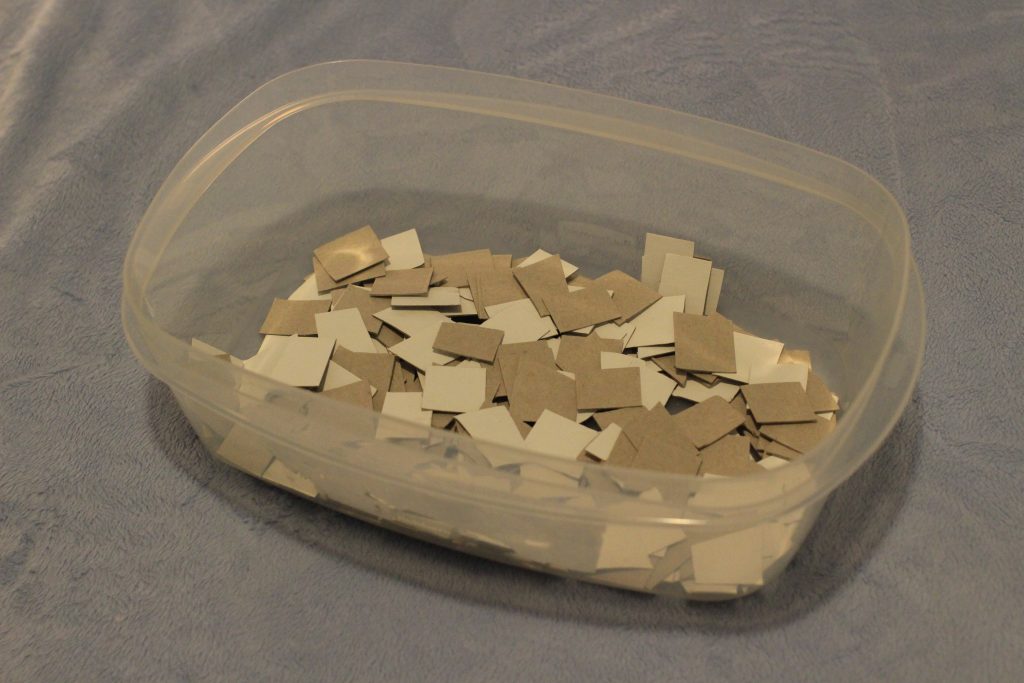

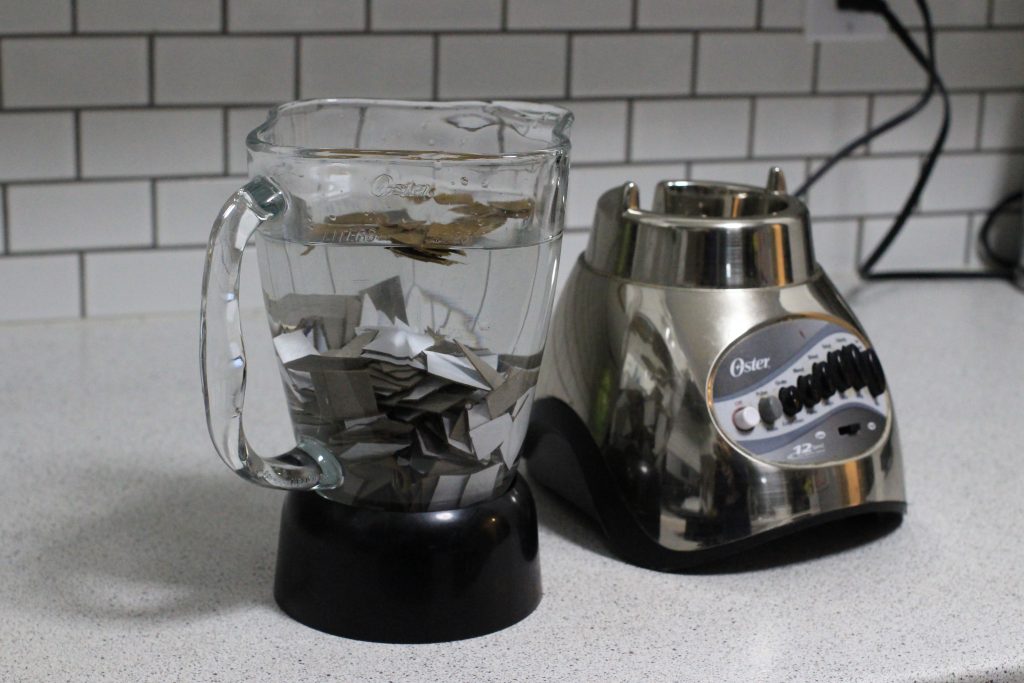

I cut paper box scraps into little pieces, soaked them into water overnight, and then blended them until the mix had the consistency of a thick soup.
2-2. Molding the Paper

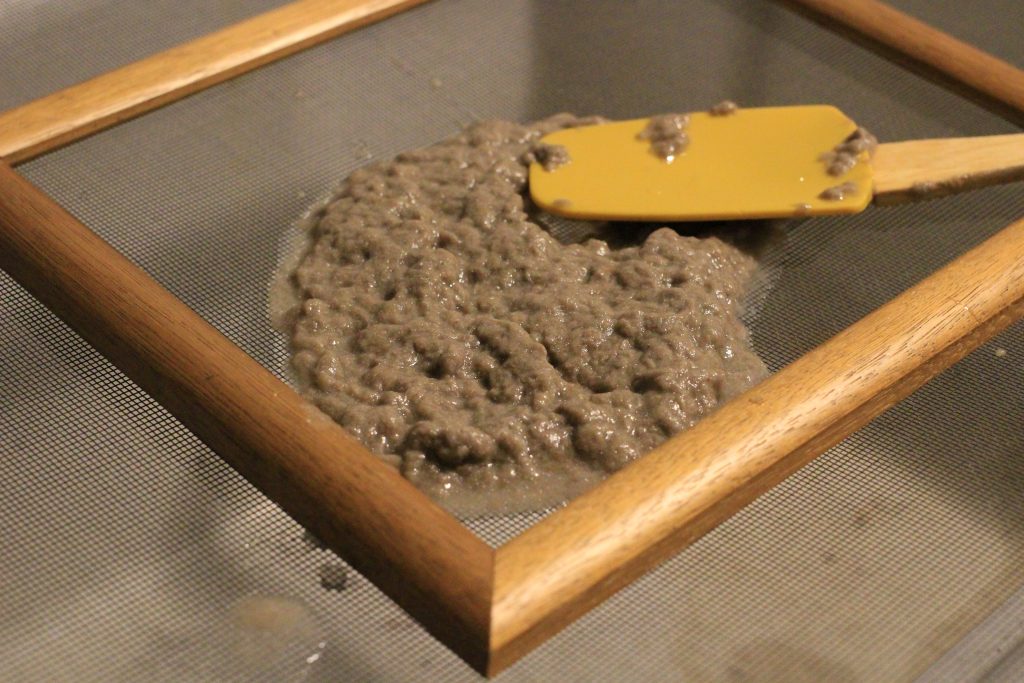
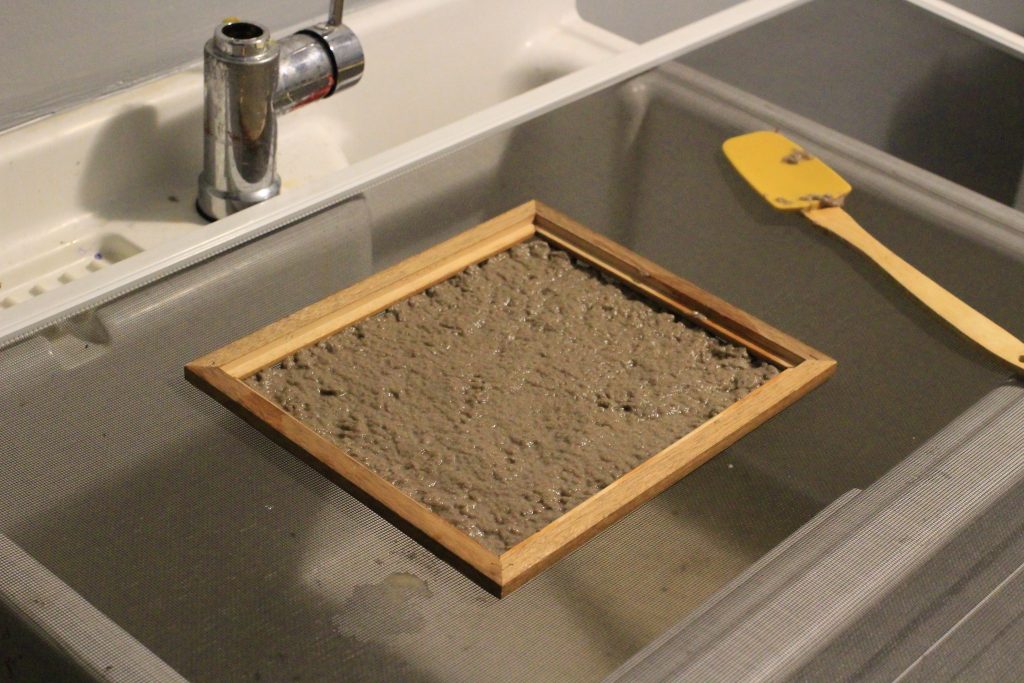
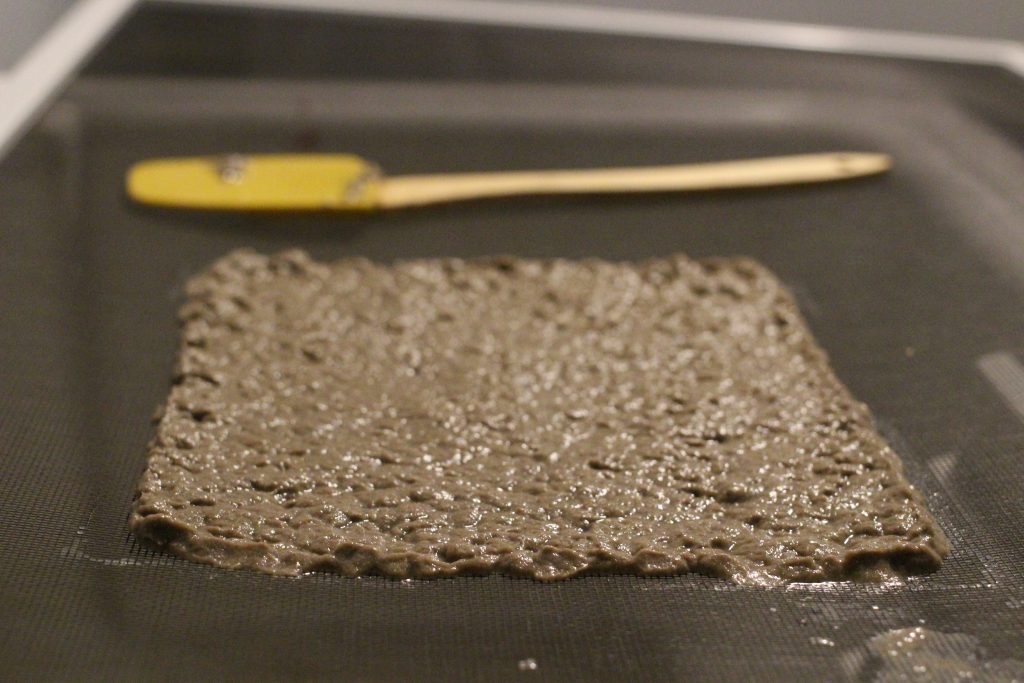
I put the frame on top of the window screen and started pouring the mix inside the frame. I used the spatula to even out the pulp. The pictures above are from my first attempt, so the pulp is more bumpy and rough than it should be.
2-3. Pressing Out the Water
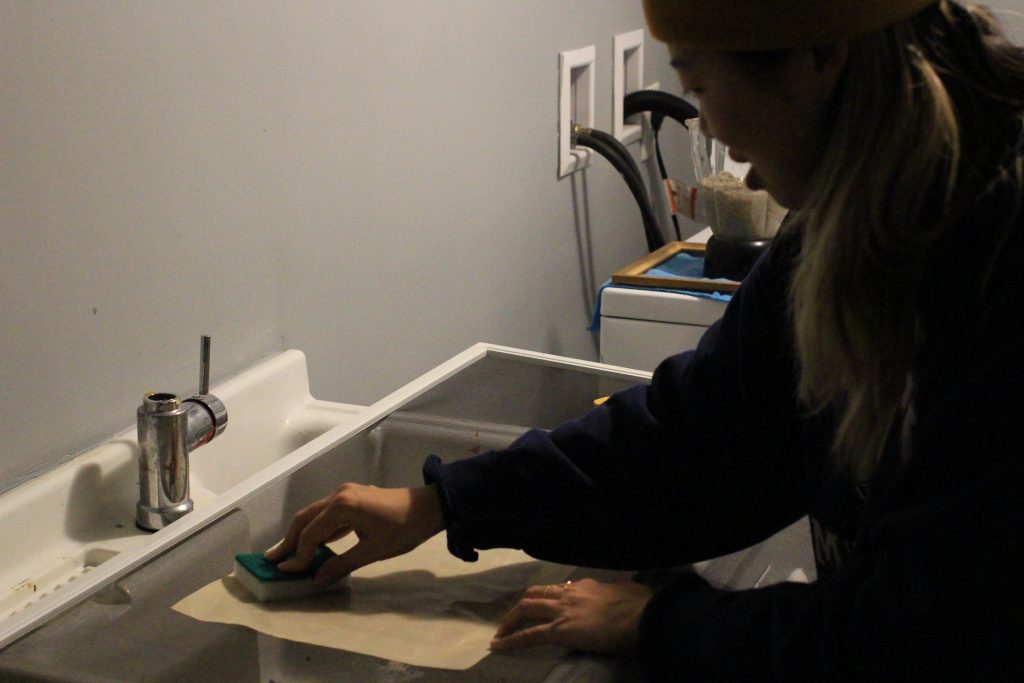
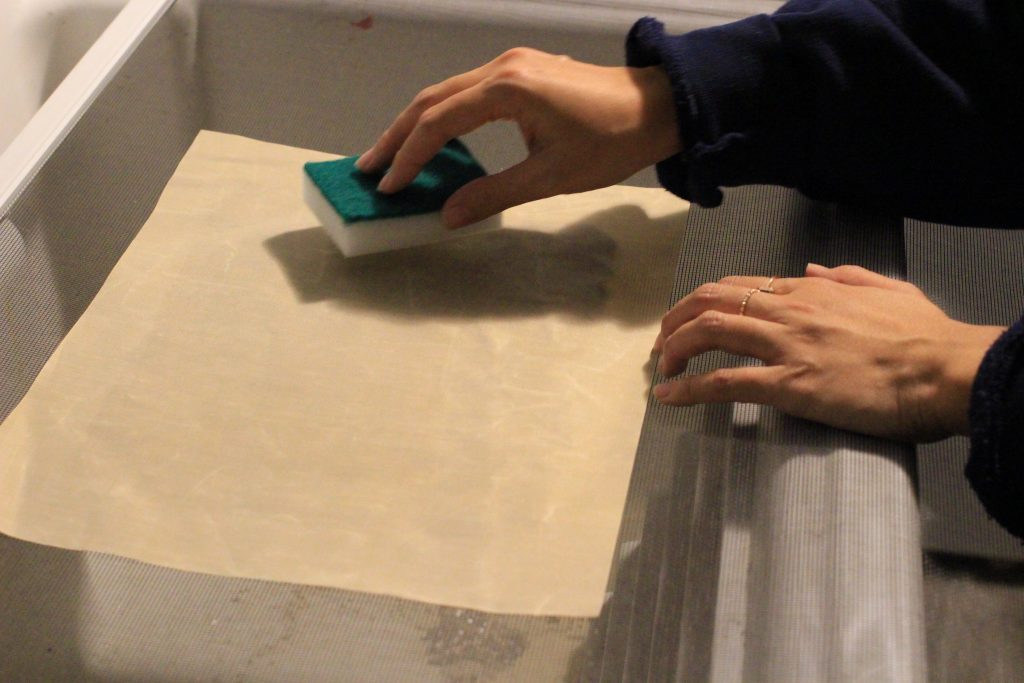
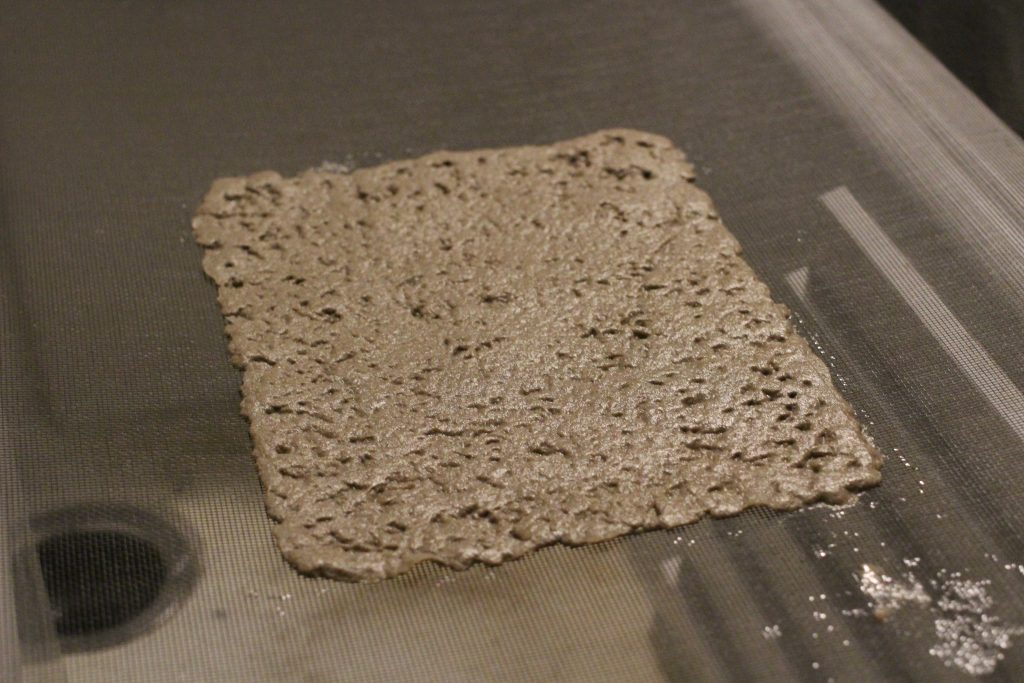
The original article says the best material to squeeze the water out is using a nylon mesh, but instead, I used a scrap of Teflon sheet that my housemate had. Anything that the pulp wouldn’t stick to is fine. I gently squeezed the water out using the sponge until I couldn’t hear the water draining from the mixture.
2-4. Drying

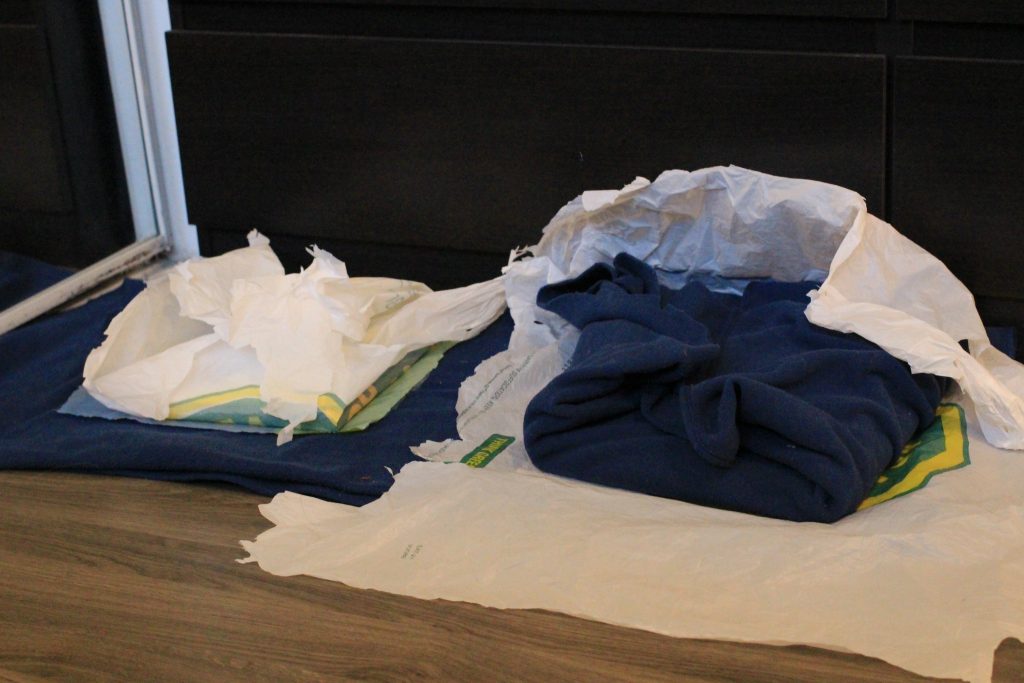
I put the paper underneath heavy books for a couple of hours to weigh down the edges of the sheet and squeeze extra moisture out. Then I put them around the house where it’s warm and dry.
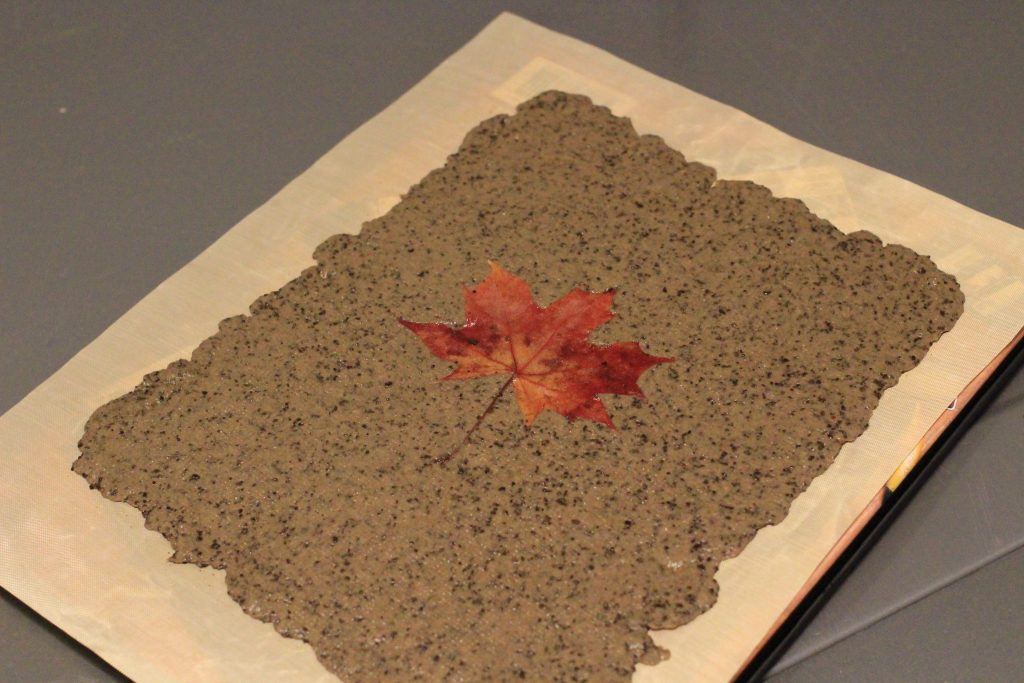
If you don’t spread out the pulp thin enough, it takes quite a bit of time to dry out. But if it’s thin enough(like the picture from my fourth attempt above), it takes about a day to dry.
3. Playing
After I got comfortable with the process, I started playing with the pulp batch and mixing different materials around the house.
Turmeric Powder
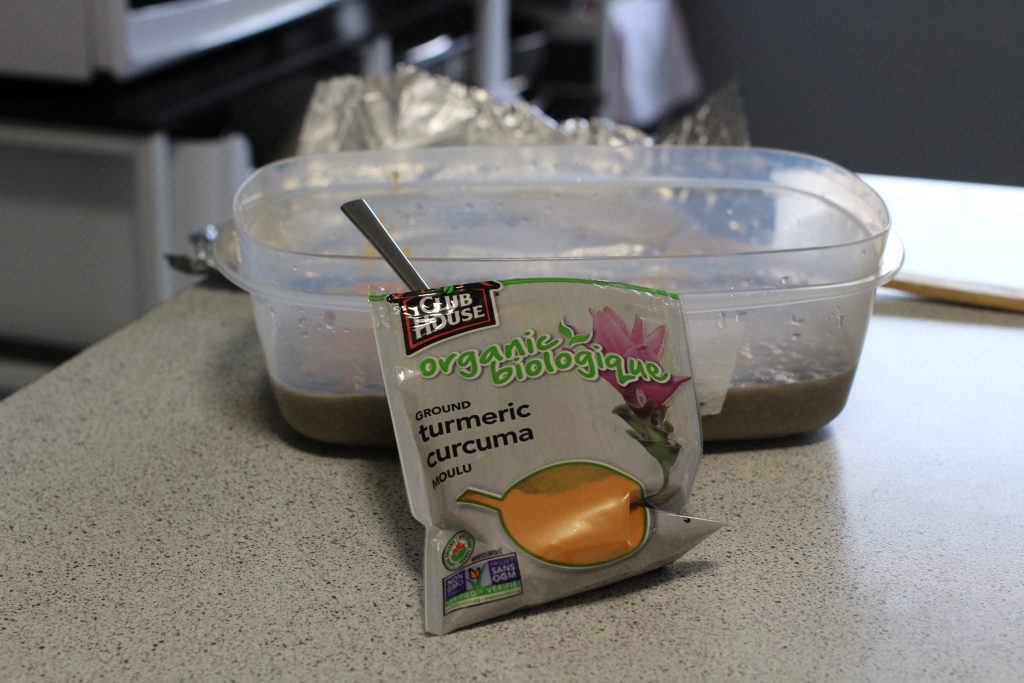
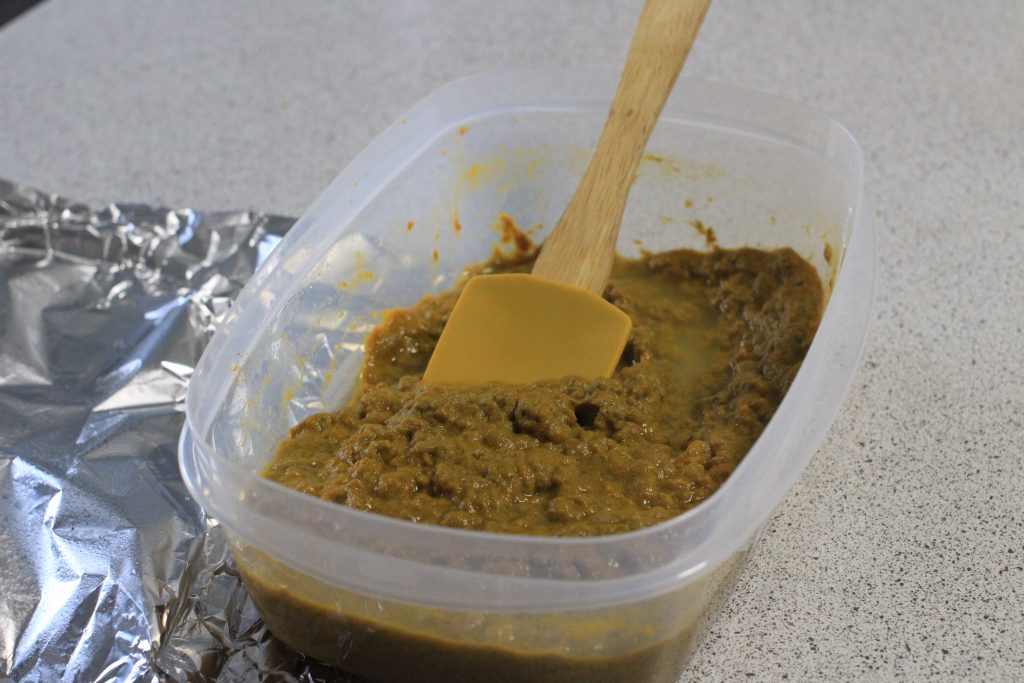
Ground Coffee
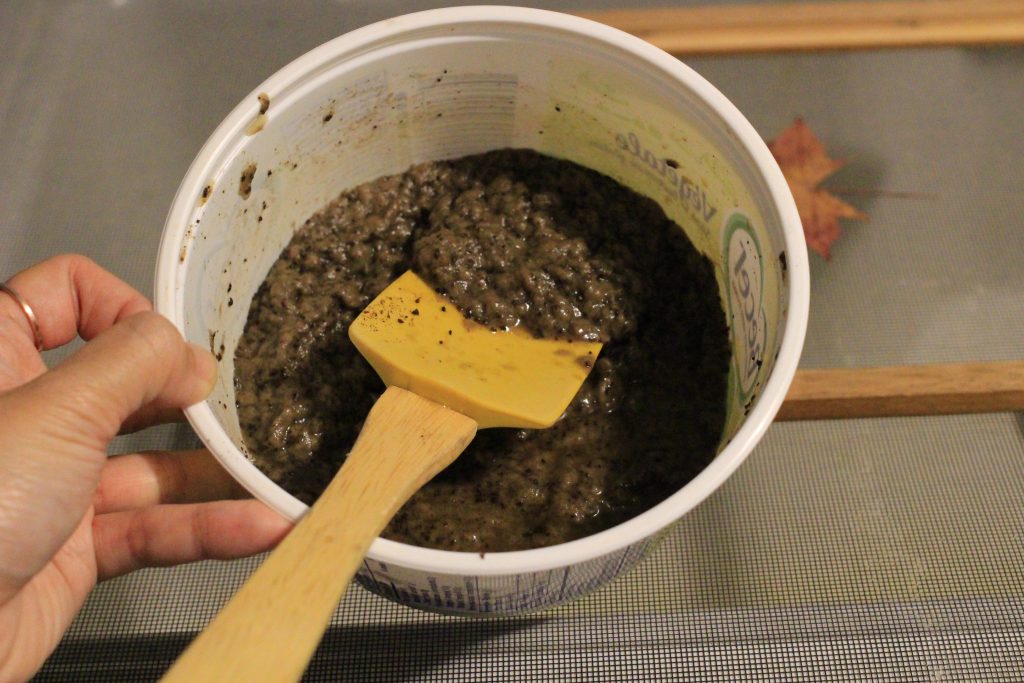

Chilli Powder
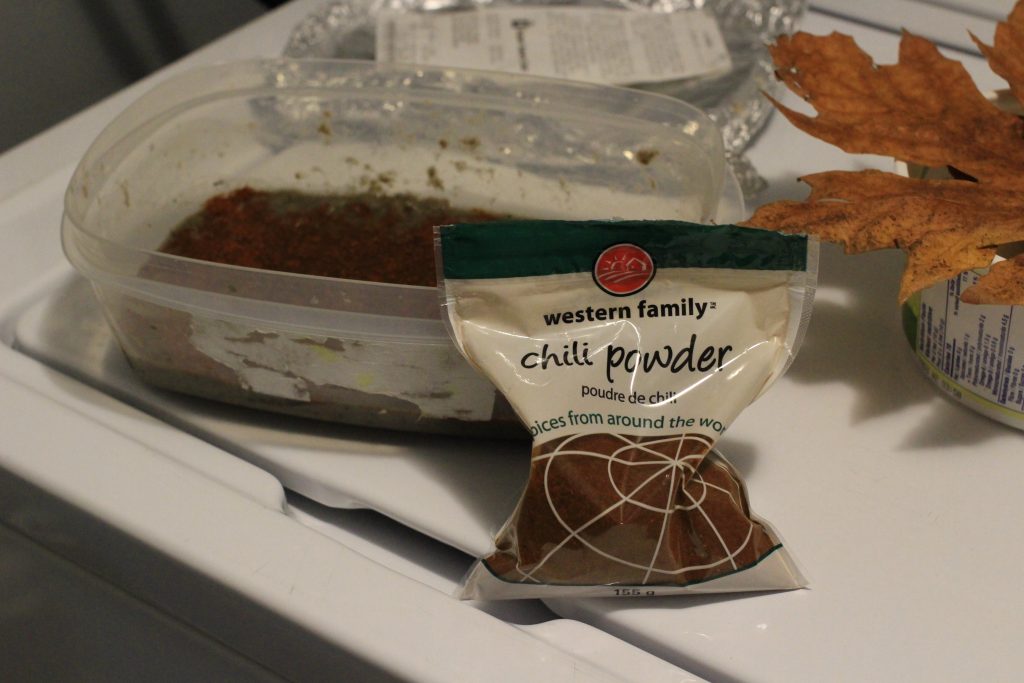
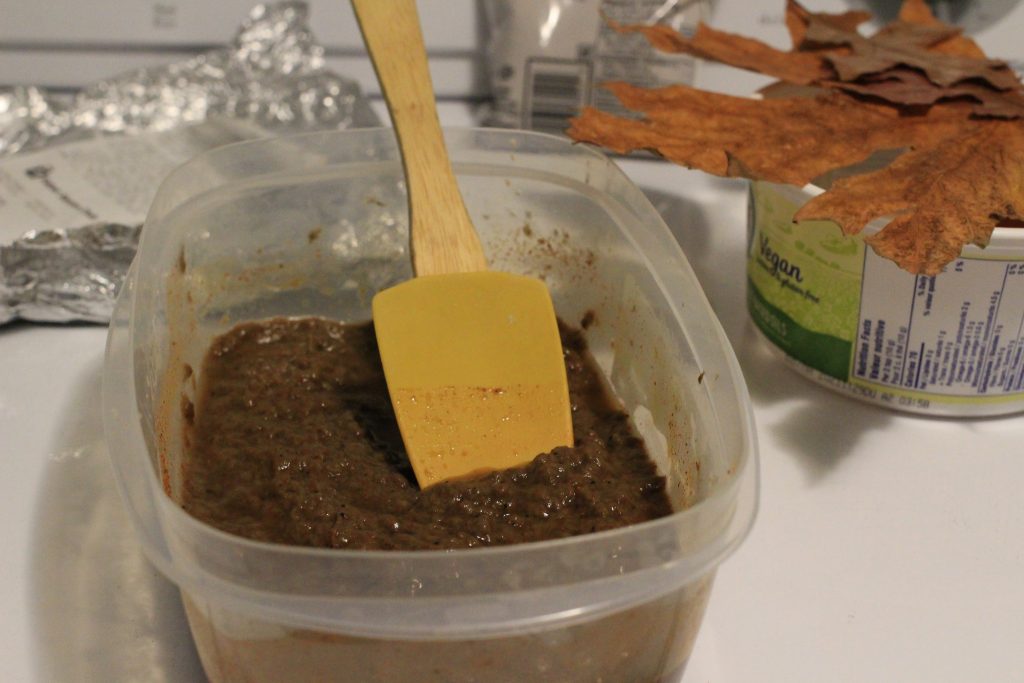
Autumn Leaves
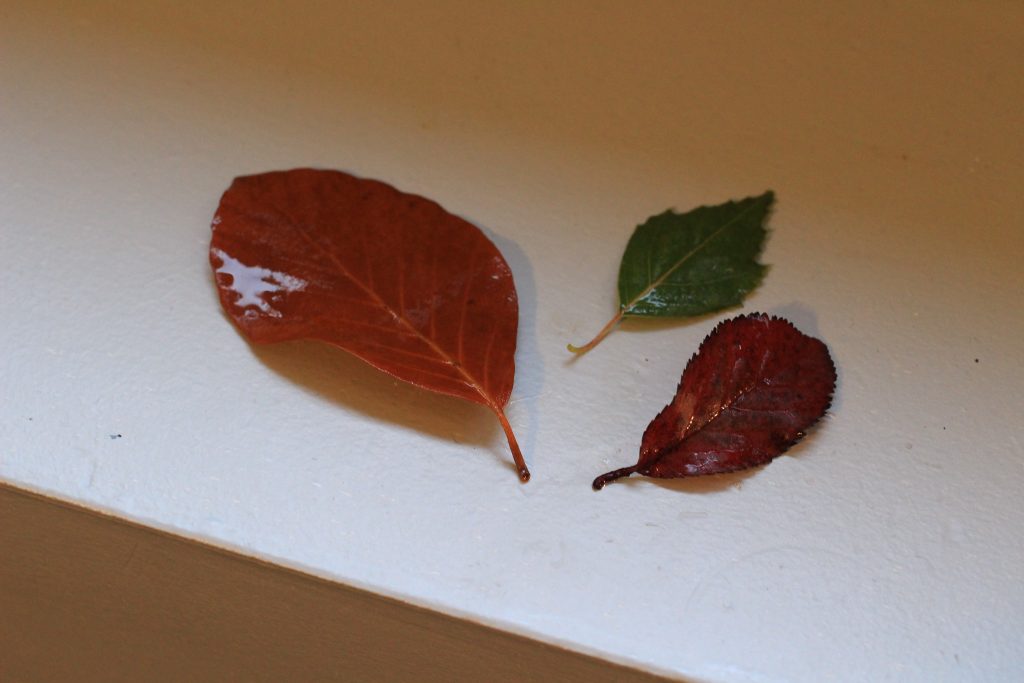
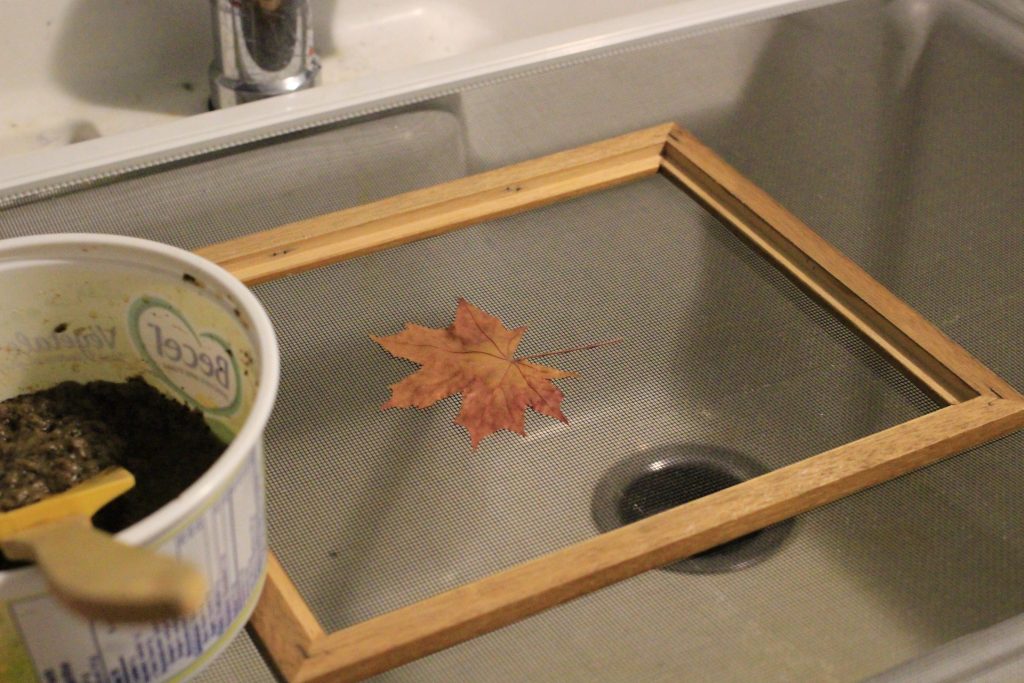
4. Outcome

I was pretty happy with how the paper turned out, especially those with turmeric’s colour. The one that is the roughest at the bottom left is my first sheet, and the ground coffee one at the top right is the latest.
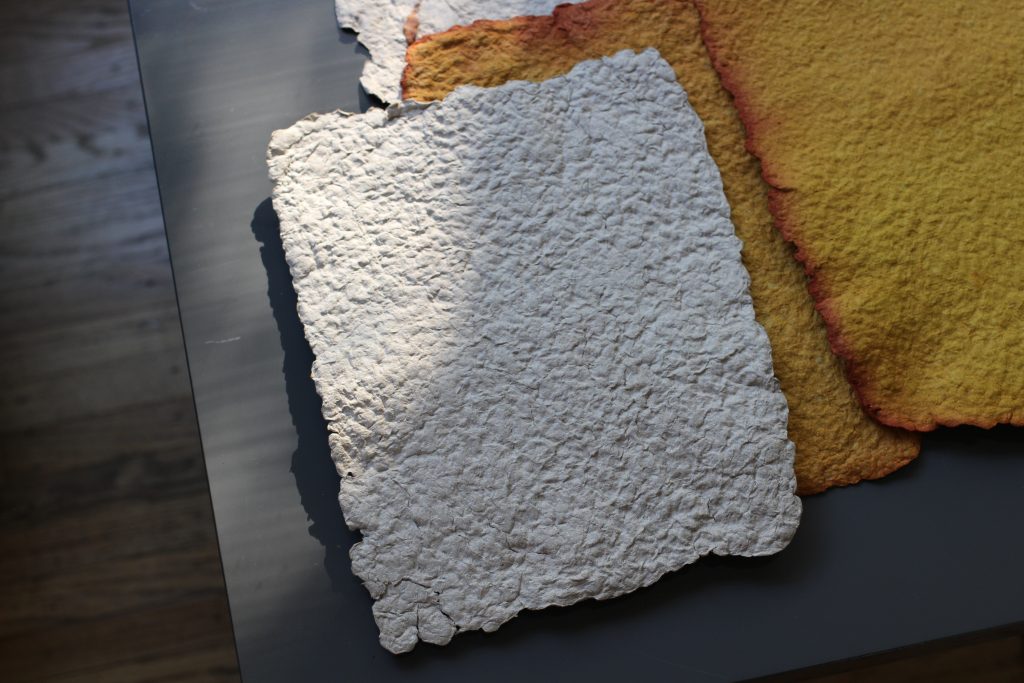
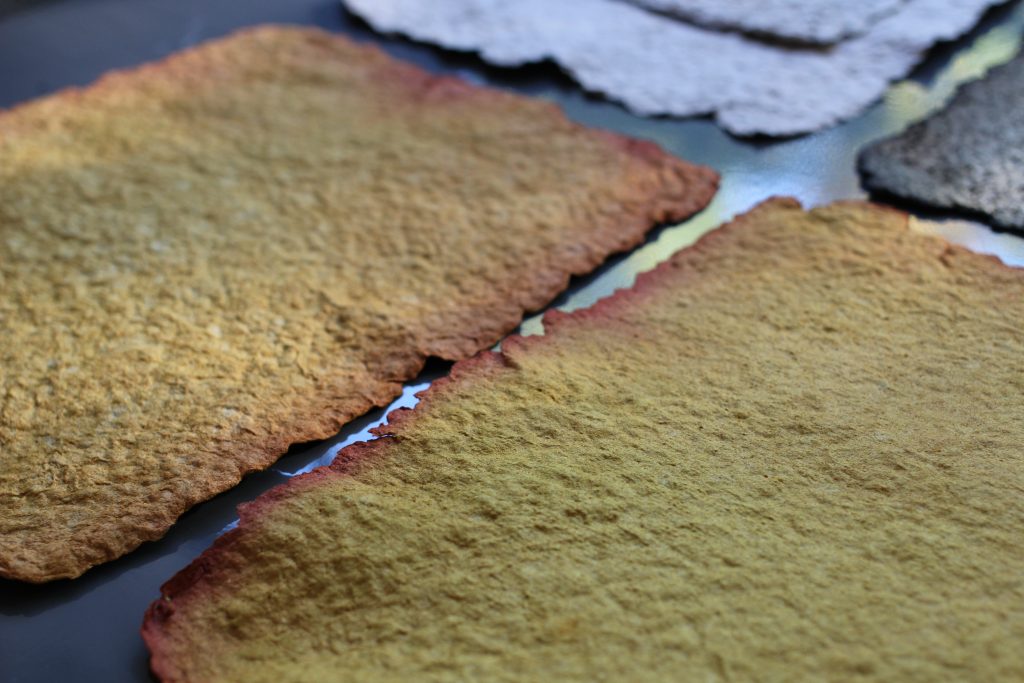
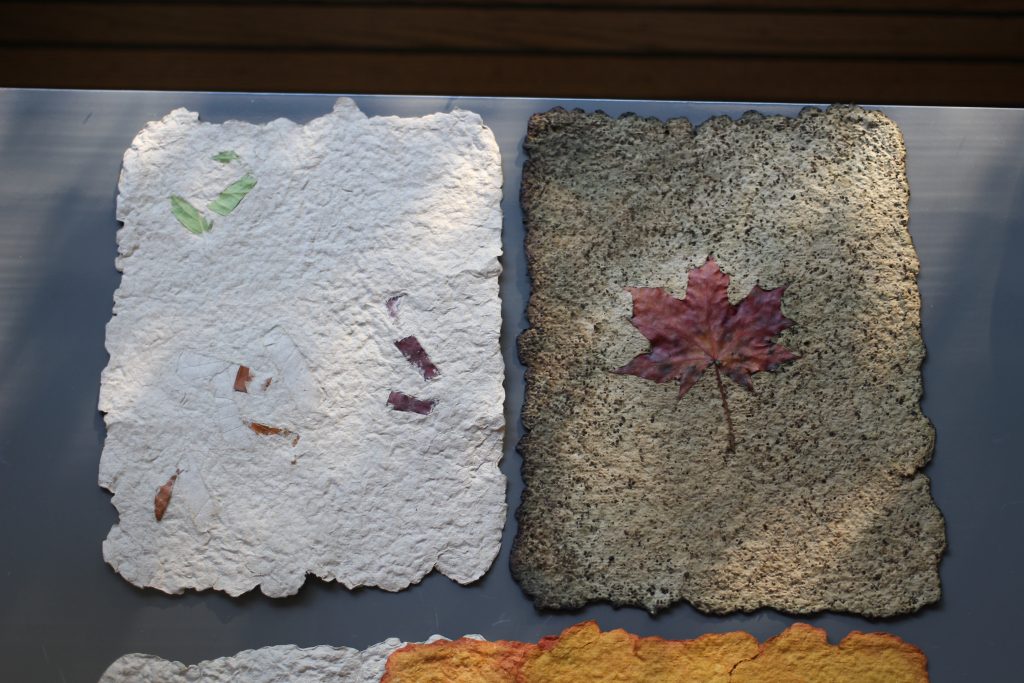
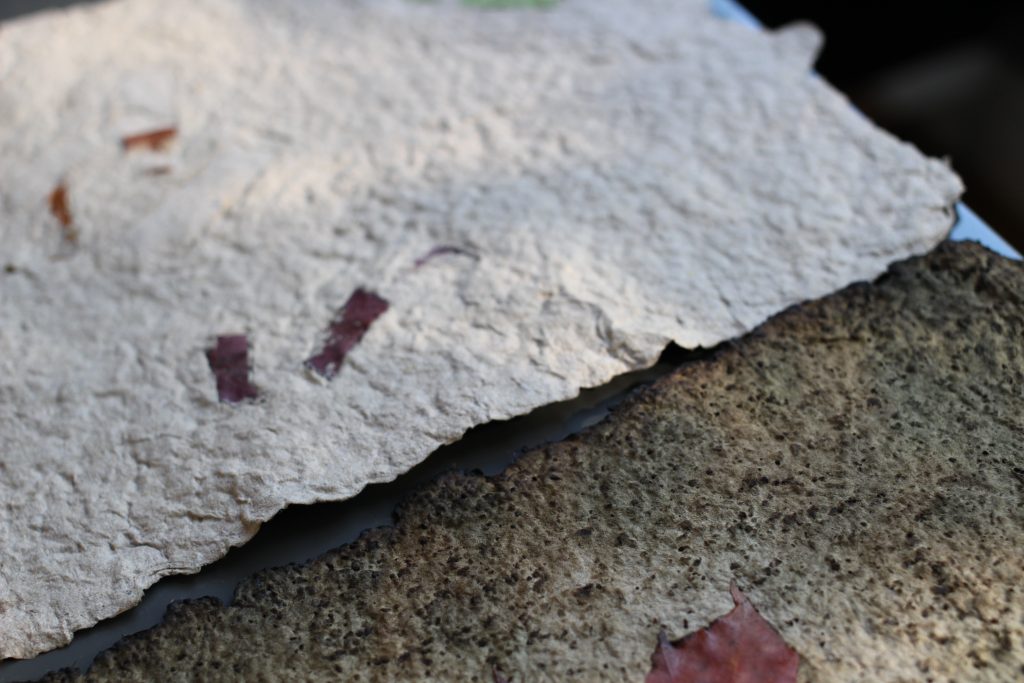
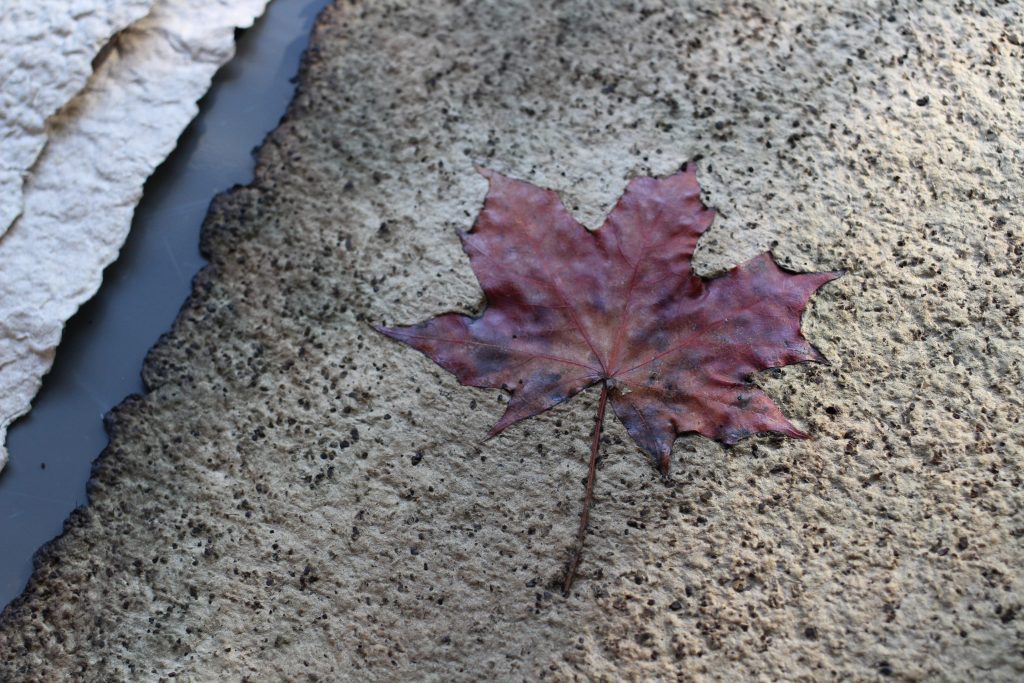
I loved the organic aesthetic of the stems of leaves that left marks on the paper as well. Creating something this beautiful out of waste made my eyes open towards the possibility of material things.
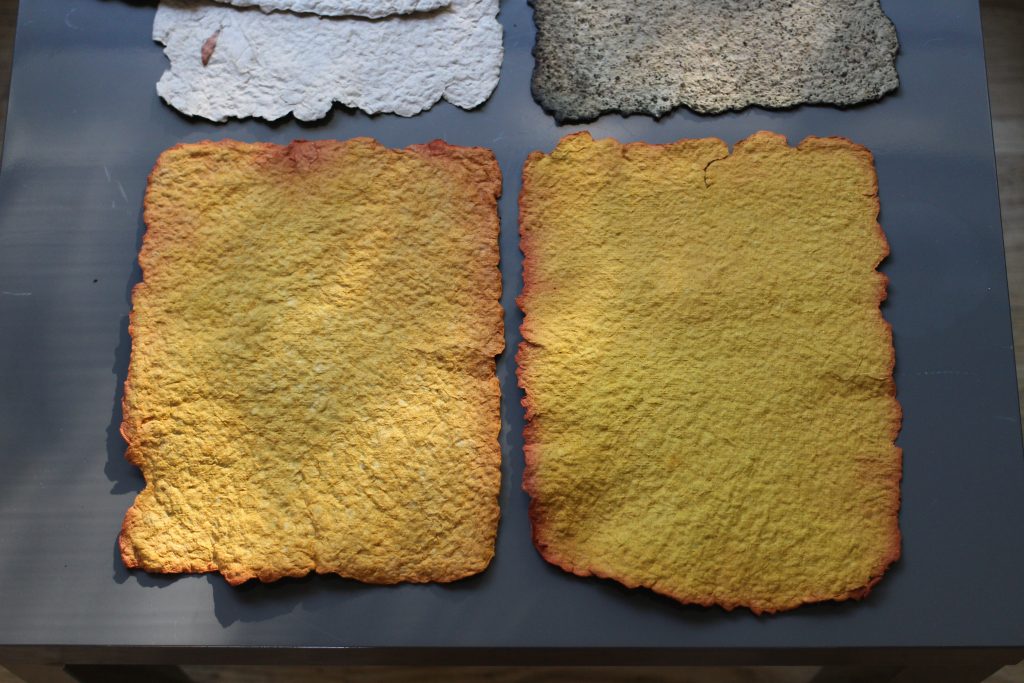
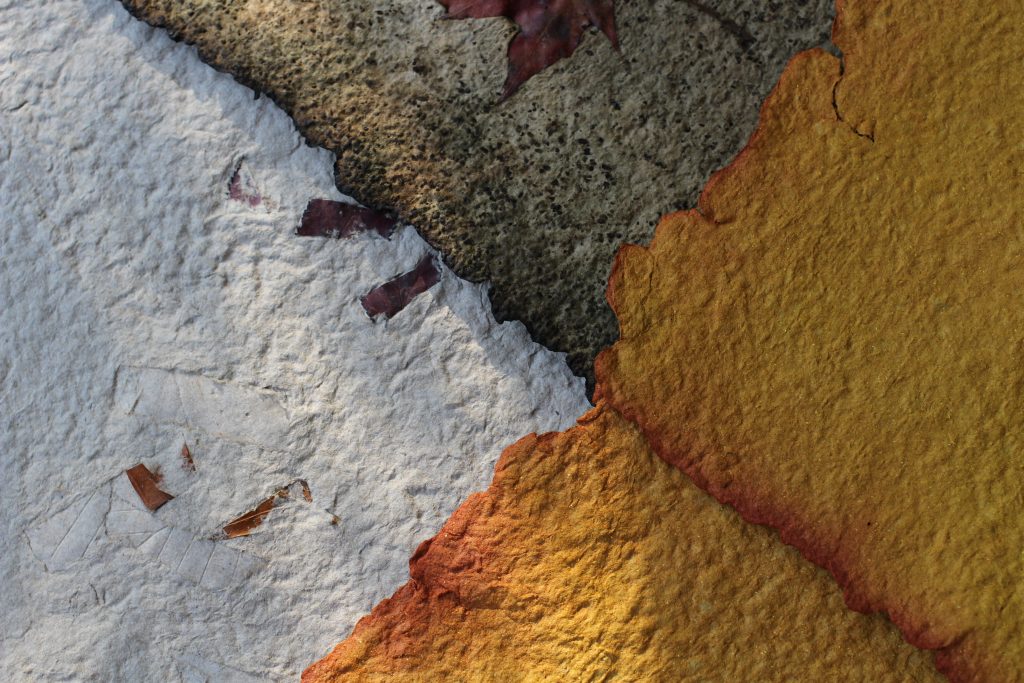
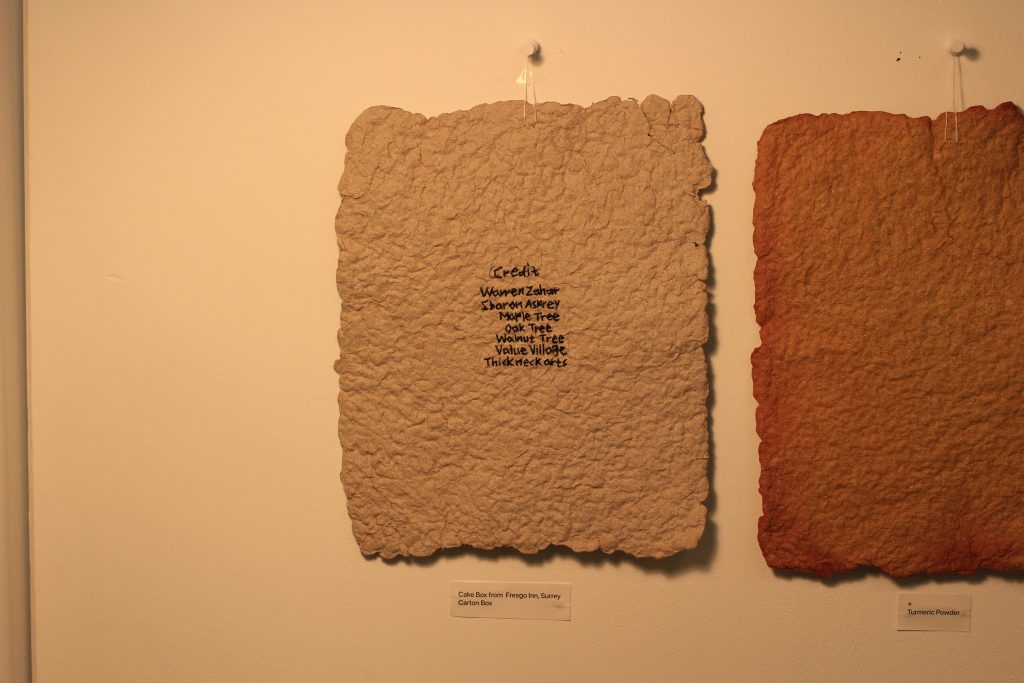
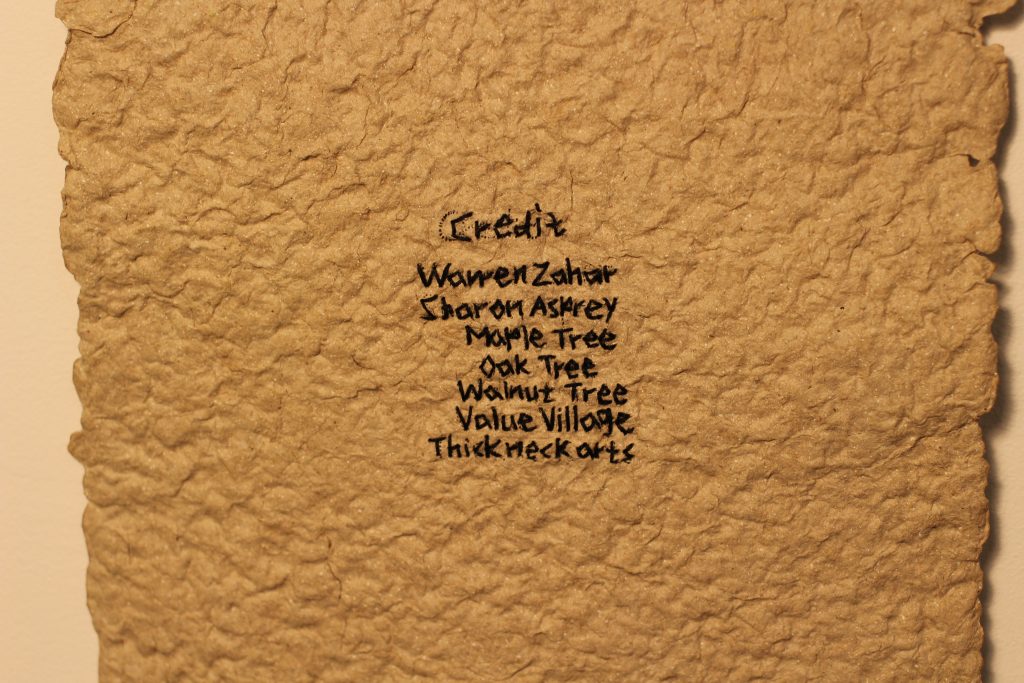
Embroidery Credit Thanks to everyone who contributed to this project!
